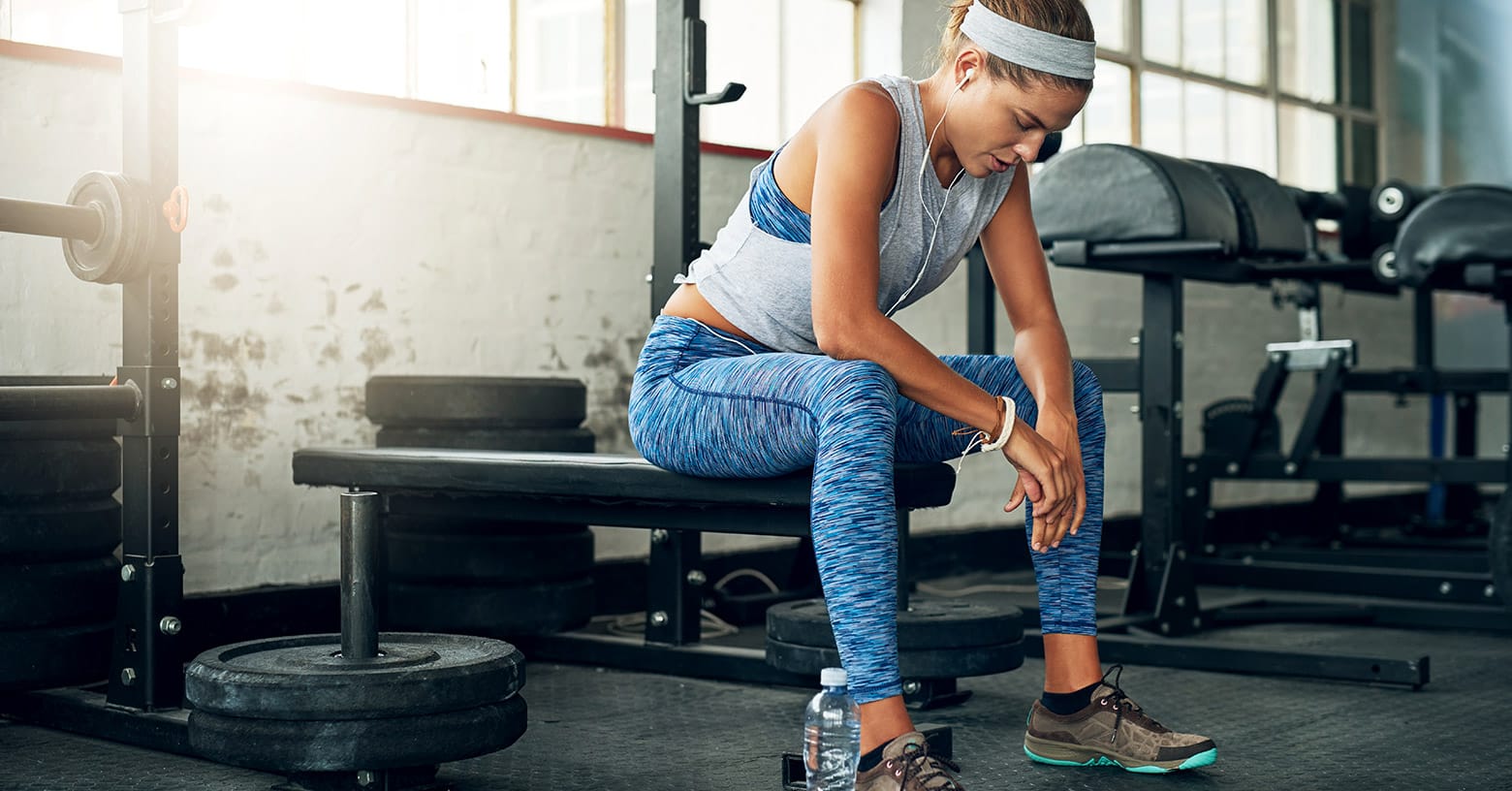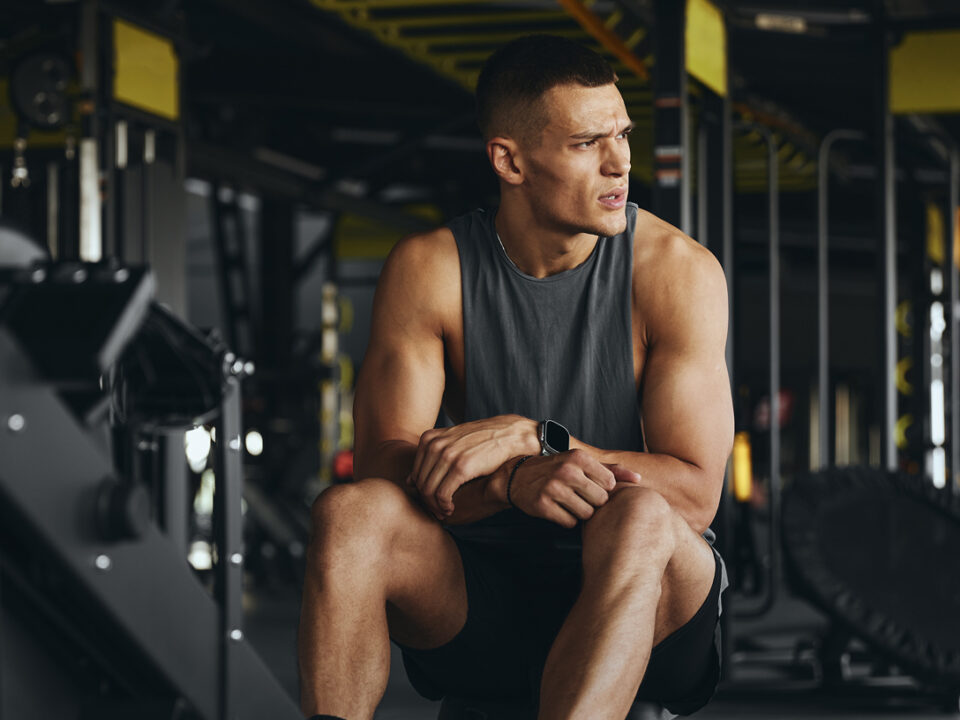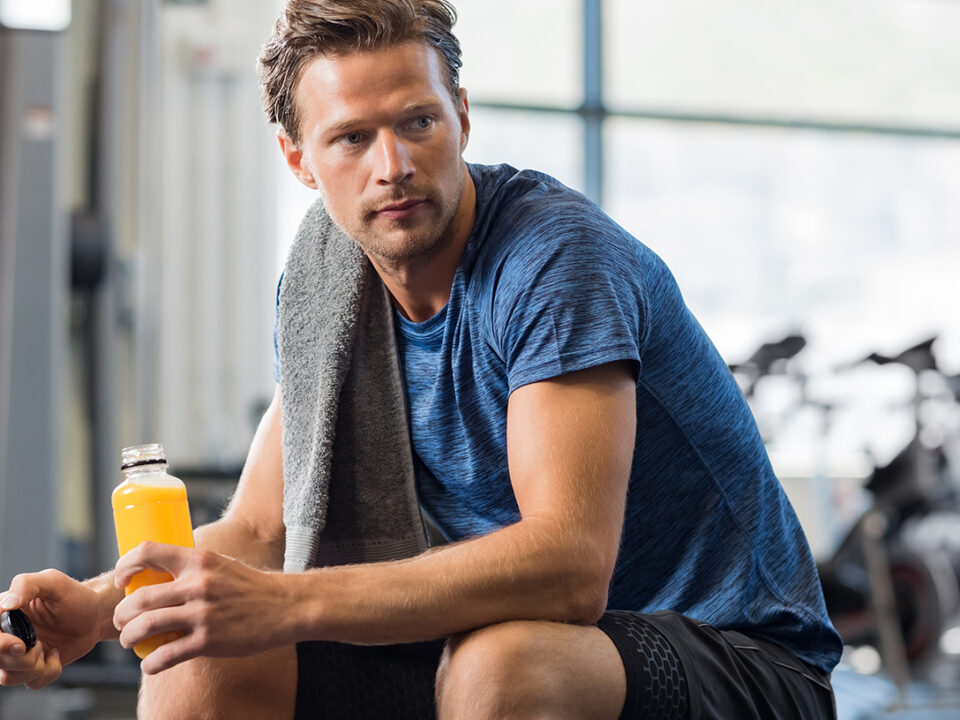What happens to your muscles after training?

Any exerciser will know that sore muscle feeling that sneaks in 24 hours after an intense workout. Sometimes, muscles you didn’t even know you had will ache and even walking down the stairs can be an ordeal. But the fitter you get, the harder it becomes to tell when you’ve really made a difference. Knowing exactly what happens to your muscles after training can help support and measure your fitness progress, increase your recovery time and make sure you don’t go too hard and cause injuries.
A lot of the physical changes we see from working out – especially strength and functional training – are down to the direct impact that physical activities has on your muscle tissue. To truly understand what happens, you need to know the full science behind the processed which happen to your muscles after training.
4 THINGS THAT HAPPEN TO YOUR MUSCLES AFTER TRAINING
Muscle change #1: Resistance
The moment you start moving, whether you’re climbing, running, swimming, doing yoga or lifting weights, there’s some form of resistance placed on your muscles. It’s when that resistance becomes greater than what your body is usually used to during the day that muscle hypertrophy (growth and increase in the size of muscle cells) is kick-started. Your muscles use glucose to contract and move, but without plentiful oxygen, lactic acid forms instead.
Muscle change #2: Microscopic tears
The delayed aches and pains you feel in your muscles after training come down to microscopic muscle tears (microtrauma), particularly when you’re trying an exercise for the first time or place a higher level of resistance than normal on a muscle. It’s completely normal and the size of a tear depends on the intensity of the workout (but it does also mean more soreness).
Muscle change #3: Healing
Ever wondered why your muscles look larger straight after exercise? Following a strenuous workout such as resistance training, excess blood gets pumped into the muscle cells you just disrupted. This brings oxygen and nutrients to wash away toxins and lactic acid and creates a temporary swelling which lasts for around two hours. During this time, your fatigued muscles are super hungry – think of them as keen construction ready to build. But they can’t do it without the right materials, i.e. a fresh supply of glucose from carbs and plenty of protein, they can’t do their job quickly and efficiently.
Muscle change #4: Growth
This disruption of your muscle cells causes satellite cells from outside the muscle fibers to rush to the area and replicate. They then mature into grown cells and fuse to your muscle fibers, forming new muscle protein strands. As a result, muscles become more resilient, meaning the next time you do that particular exercise you won’t be as sore. Over time your muscle fibers will build up stronger so you can lift more weights or perform more accomplished exercises.
Ideally, to truly optimize your muscle growth, you’ll want to strive for a varied and well-rounded functional fitness routine. Mix it up with a wide range of exercises – once an exercise becomes easy to complete, increase the intensity or try something else to keep your muscles growing stronger and more resilient.



